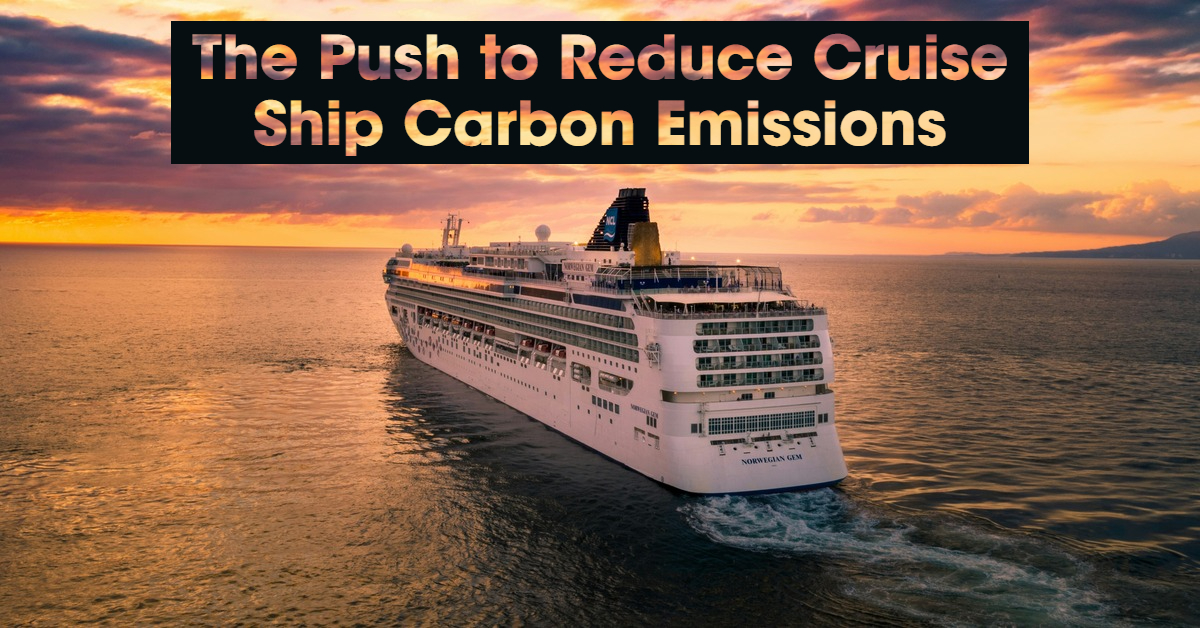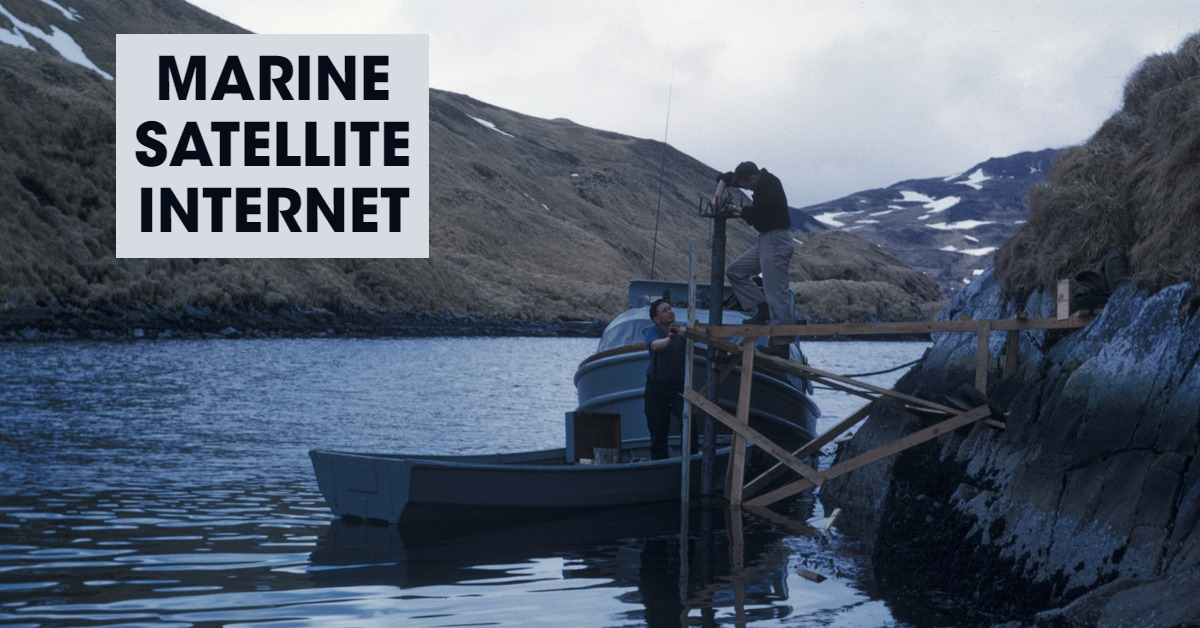The same name can be used by different shipowners and sometimes it causes some confusion when two ships with the same names are sailing in the same waters or staying in the same port.
From the legal part, this problem was solved a long time ago and all ships are registered and have their unique IMO number, call sign, and MMSI or Maritime Mobile Service Identity number.
Why Different Ship Prefixes Used?
Nowadays, anyone can find ship details and even ship particulars online and identify the purpose of the ship if needed. Back in the early days, it was common to use prefixes to ship names as abbreviations or full transcripts.
When the telegraph was the primary communication method, the length of the message was critical and could significantly save time and money. Imagine yourself as a Captain and you need to inform your owners that “Motor Vessel Anna has Estimated Time of Arrival to Port of Calais 25th October 1200 Local Time”. Looks pretty long, but it could be easily shortened to “MV Anna ETA Calais 25 October 1200LT”.
Now communication is performed by e-mails, but abbreviations are in use not only because of maritime traditions, but also to simplify communication.
For merchant fleet seafarers, the practical side of the prefixes was to identify ship propulsion as it could have a direct influence on the rules applied at sea regulated by COLREG. For example, “MV” or motor vessel gives way to “SY” a sailing yacht, and “SV” a sailing vessel.
What Differs Between These Ships?
Modern ships are most commonly called motorized, but there are only three prefixes used, “MV” for motor vessels, “MT” for motor tankers, and “MS” for motor ships.
By learning other prefixes, you can easily notice the evolution of shipbuilding, marine engineering, and ship propulsion.
The most noticeable prefixes are such as “SS” for a screw steamship and “PS” for a paddle steamer. Both are powered by steam engines and use propellers or paddle wheelers accordingly. Nuclear power is also used as a source for propulsion and this type of ship starts with the prefix “NS” or nuclear ship.
However, in real life, the list of prefixes of modern ships continues with prefixes reflecting the purpose of the vessel and extends with new types of ships.
A special place should be given to FV or fishing vessels. This type of ship has its own place in COLREG and may be involved in operations and must be given way.
The vast majority of prefixes are used by passenger ships, gas carriers, and offshore vessels. Here is a full list of prefixes used in the merchant fleet.
| Ship Prefix | Ship Prefix Meaning | Ship type description and functions |
|---|---|---|
| AHT | Anchor handling tug | AHT (Anchor Handling Tug): a tugboat designed for handling anchors and mooring buoys in offshore oilfields and wind farms |
| AHTS | Anchor handling tug supply vessel | AHTS (Anchor Handling Tug Supply Vessel): a vessel that combines the functions of an anchor-handling tug and a supply vessel |
| CF | Car ferry | CF (Car Ferry): a vessel that carries vehicles and passengers across a body of water |
| CS | Cable ship or Cable layer | CS (Cable Ship or Cable Layer): a vessel used for laying and repairing underwater cables |
| DB | Derrick barge | DB (Derrick Barge): a barge equipped with a derrick, a type of boom used for hoisting and lowering heavy loads |
| DEPV | Diesel Electric Paddle Vessel | DEPV (Diesel Electric Paddle Vessel): a vessel propelled by a combination of diesel engines and paddle wheels |
| DCV | Deepwater Construction Vessel | DCV (Deepwater Construction Vessel): a vessel designed for performing construction tasks in deep waters, such as installing offshore platforms and laying pipelines |
| ERRV | Emergency Response Rescue Vessel | ERRV (Emergency Response Rescue Vessel): a vessel equipped with rescue and emergency response capabilities, such as medical facilities and firefighting equipment |
| EV | Exploration Vessel | EV (Exploration Vessel): a vessel used for exploring and studying the earth’s oceans, including their physical, chemical, and biological characteristics |
| RV / RSV | Research vessel/Research Survey Vessel | RV/RSV (Research Vessel/Research Survey Vessel): a vessel used for conducting scientific research, including oceanographic, biological, and geological studies |
| FT | Factory Stern Trawler | FT (Factory Stern Trawler): a type of fishing vessel with a stern trawl and on-board processing facilities |
| FV | Fishing Vessel | FV (Fishing Vessel): a vessel used for catching fish and other marine organisms |
| HSC | High-Speed Craft | HSC (High-Speed Craft): a vessel designed for high speeds, typically using a planing hull or hydrofoils |
| HSF | High-Speed Ferry | HSF (High-Speed Ferry): a ferry that uses high-speed craft technology |
| FPSO | Floating production storage and offloading vessel | FPSO (Floating Production Storage and Offloading Vessel): a vessel used for storing and offloading crude oil, natural gas, or other hydrocarbons from offshore oil and gas fields |
| LNG/C | Liquefied natural gas carrier | LNG/C (Liquefied Natural Gas Carrier): a vessel used for transporting liquefied natural gas (LNG) |
| LPG/C | Liquefied petroleum gas carrier | LPG/C (Liquefied Petroleum Gas Carrier): a vessel used for transporting liquefied petroleum gas (LPG) |
| HLV | Heavy lift vessel | HLV (Heavy Lift Vessel): a vessel specifically designed for transporting and installing heavy loads, such as offshore platforms and wind turbines |
| MF | Motor ferry | MF (Motor Ferry): a ferry powered by engines |
| MSV | Multipurpose support/supply vessel | MSV (Multipurpose Support/Supply Vessel): a vessel designed for a variety of tasks, including supply and support for offshore oil and gas operations |
| MSY | Motor Sailing Yacht | MSY (Motor Sailing Yacht): a yacht that is powered by both a motor and sails |
| MT | Motor Tanker | MT (Motor Tanker): a tanker propelled by engines |
| MTS | Marine towage and salvage/tugboat | MTS (Marine Towage and Salvage/Tugboat): a vessel used for towing ships, barges, and other vessels, as well as for performing marine salvage operations |
| MV | Motor Vessel | MV (Motor Vessel): a vessel propelled by an engine |
| MY | Motor Yacht | MY (Motor Yacht): a yacht powered by an engine |
| MS | Motor Ship | MS (Motor Ship): a ship powered by an engine |
| LB | Liftboat (Read what are Liftboats here) | LB (Liftboat): a self-elevating platform used for a variety of tasks, including offshore drilling, construction, and maintenance |
| RV | Research Vessel | RV (Research Vessel): a vessel used for conducting scientific research, including oceanographic, biological, and geological studies |
| IRV | International Research Vessel | IRV (International Research Vessel): a research vessel operated by an international organization or consortium |
| HTV | Heavy transport vessel | HTV (Heavy Transport Vessel): a vessel specifically designed for transporting heavy loads, such as offshore platforms and wind turbines |
| NS | Nuclear ship | NS (Nuclear Ship): a ship powered by a nuclear reactor |
| OSV | Offshore supply vessel | OSV (Offshore Supply Vessel): a vessel used for transporting supplies and personnel to offshore oil and gas platforms |
| PS | Paddle steamer | PS (Paddle Steamer): a vessel propelled by paddle wheels |
| PSV | Platform supply vessel | PSV (Platform Supply Vessel): a vessel used for transporting supplies and personnel to offshore platforms |
| SB | Sailing Barge | SB (Sailing Barge): a type of barge propelled by sails |
| SS | Screw Steamship | SS (Screw Steamship): a steamship propelled by a screw propeller |
| SSCV | Semi-submersible crane vessel | SSCV (Semi-Submersible Crane Vessel): a vessel with a semi-submersible hull and a crane used for installing and servicing offshore platforms and other structures |
| TB | Tug boat | TB (Tug Boat): a small, powerful vessel used for towing or pushing other vessels |
| SV | Sailing Vessel | SV (Sailing Vessel): a vessel propelled by sails |
| SY | Sailing Yacht | SY (Sailing Yacht): a yacht propelled by sails |
| TS | Training Ship | TS (Training Ship): a vessel used for training sailors and cadets |
| STS | Sail training ship | STS (Sail Training Ship): a training ship propelled by sails |
| ULCC | Ultra Large Crude Carrier | ULCC (Ultra Large Crude Carrier): a very large tanker used for transporting crude oil |
| VLCC | Very Large Crude Carrier | VLCC (Very Large Crude Carrier): a large tanker used for transporting crude oil |
| TV | Training vessel | TV (Training Vessel): a vessel used for training sailors and cadets |
| ULBC | Ultra Large Bulk Carrier | ULBC (Ultra Large Bulk Carrier): a very large cargo ship used for transporting bulk cargoes, such as coal, iron ore, and grain |
| ULCV | Ultra Large Container Vessel | ULCV (Ultra Large Container Vessel): a very large cargo ship used for transporting containers |
| TSHD | Trailing Suction Hopper Dredger | TSHD (Trailing Suction Hopper Dredger): a vessel used for dredging and removing sediments from the bottom of bodies of water |
| YD | Yard derrick | YD (Yard Derrick): a type of derrick used for hoisting and lowering loads in a shipyard |
| YT | Yard Tug | YT (Yard Tug): a tugboat used in a shipyard for moving vessels and other objects. |
FAQs about Ship’s Prefixes
Can two ships have the same name, and if so, how is this confusion managed?
Yes, two ships can have the same name. Confusion is managed by unique identifiers like the IMO number, call sign, and MMSI.
What is the importance of ship prefixes and how are they used in modern shipping?
Ship prefixes identify a ship’s propulsion method and purpose. They’re used for efficient communication and preserving maritime traditions.
How does the ship prefix system identify different types of propulsion systems and vessel purposes?
The ship prefix system denotes the propulsion type and purpose of a ship. For instance, “MV” denotes a motor vessel, “FV” a fishing vessel.
Why are ship prefixes still in use even though we have advanced communication methods?
Ship prefixes concisely indicate a ship’s propulsion type and purpose, respect maritime traditions, and guide seafarers with COLREG rules.
Can you provide examples of some ship prefixes and their meanings in the modern merchant fleet?
Examples: “MV” is Motor Vessel, “MT” is Motor Tanker, “MS” is Motor Ship, “FV” is Fishing Vessel, “NS” is Nuclear Ship, “AHT” is Anchor Handling Tug. For more examples, refer to the extensive list in the original article.
- Sustainable and Luxurious: Discovering Split’s Yachting Paradise – April 26, 2024
- MarineTraffic vs VesselFinder: Which Is Better Vessel Tracking Service? – February 14, 2024
- Port Costs: A Comprehensive Guide to Port Dues and Fees for Cargo Ships – February 12, 2024




Leave a Reply